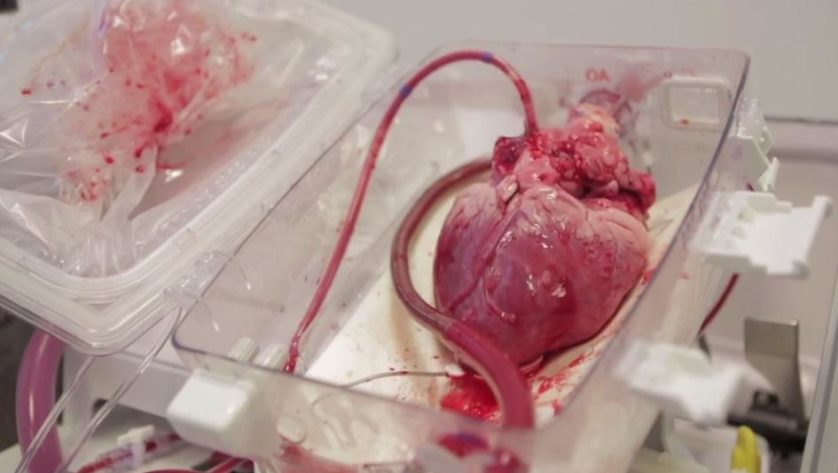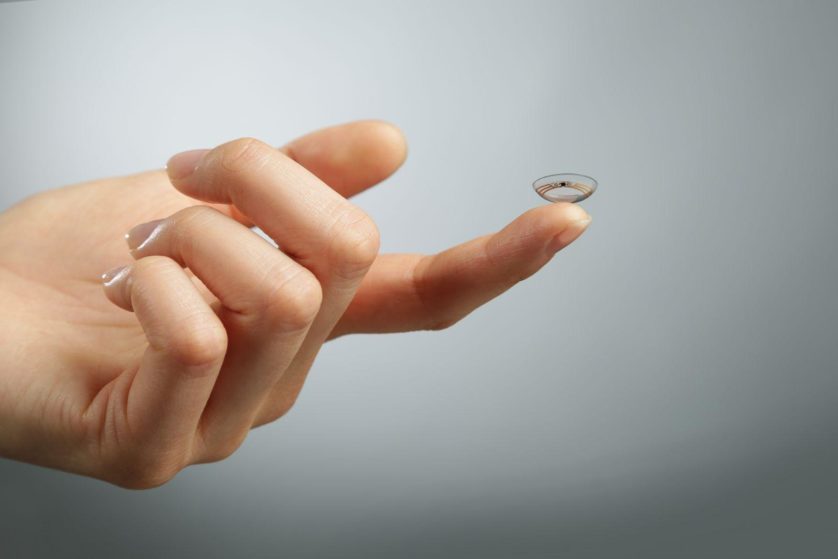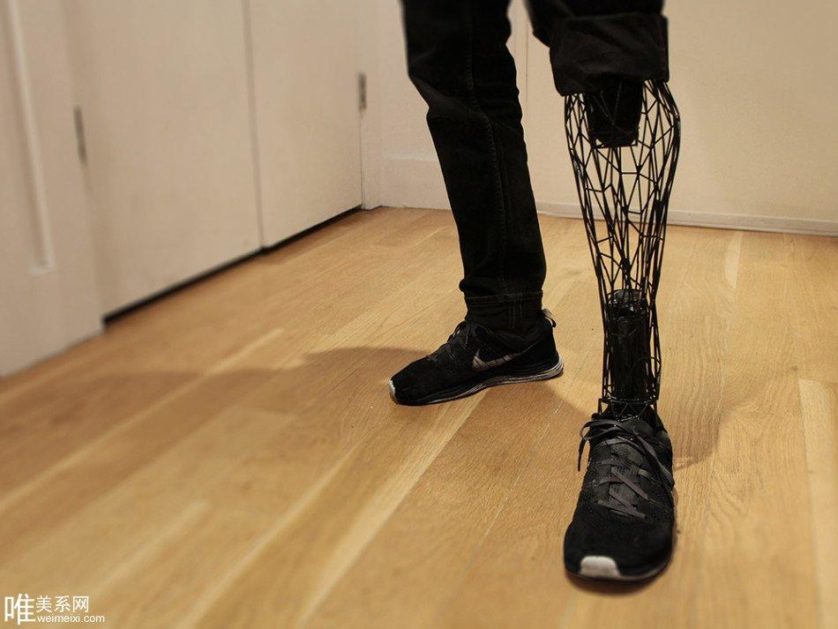Published on 27.07.2015
There are so many technologies previously unimaginable – machines that can scan every centimeter of the body, titanium joints, radiation – which, to impress today’s patient, medical science needs to be strangely futuristic. We’re talking about cyber members and zombies hearts. Fortunately, the staff enjoys a challenge.
6. Bodies still running out of body

From the moment a donor dies, doctors only have between five and ten hours to transport and set their bodies in a new body before they become useless. That is why, in the state of Hawaii, which is an island more than 30 or 40 perfectly good hearts end up going to waste every year, since it does not survive the journey to the Americas.
- immune system is tricked into accepting transplant organs incompatible
The usual practice for the transport of live organs is to put them on ice and get them where they need to be as fast as humanly possible, hoping they do not have time to realize they are dead before returning to his duties in someone else’s body.
- First synthetic organ transplant performed worldwide
To improve this scenario, a company called TransMedics invented a way to prolong the longevity of organs outside of any body. By connecting the organs donated in warm-blooded and simulate the conditions of the human body, technology mimics an environment so they never realize they are dead.
Clinical trials are already well underway and, in some parts the world, there have been over 400 successful transplants using this system.
5. Growing new body parts in his body

Medical science is always looking for new ways to grow replacements for body parts lost or damaged. The only problem is that these new shares usually do not grow unless you have a body in which to do so. The good news is that you are not using your forehead to nothing really matters.
new noses cultivation in the forehead is now so common in China that is considered a routine procedure. Scientists use stem cell to create a nose-shaped structure and then apply it to convert nutrients into cartilage cells. The next step is to put this structure into the forehead or the patient’s arm, to grow until it can be deployed in the right area of your body.
Several bodies have been grown in this manner in order to replace parts body injured. For example, when an American woman lost her ear to cancer, doctors began four months to grow a new one in his forearm.
In China, Xu Jianmei patient is in the process of receiving a whole new face after to be disfigured in a fire. Professionals are causing it to grow in the 17 years girl’s breast. The new face is so delicately worked that doctors Xu assured that she will be able to blush again.
4. Reprogramming of HIV to cure genetic diseases

The reason HIV is a virus most feared is the same by which scientists think could be the most useful. To trick the body’s cells, making them believe that it is a harmless protein, the virus infiltrates them and then replaces his normal DNA for their own stupid DNA that spreads rapidly through the body.
In other words, if we could replace the malicious HIV DNA with healthy DNA, could theoretically use it to “infect” sick people with healthy cells. And that’s what two Italian scientists have been trying to do for the past 17 years, with some success (meaning they did not create a single zombie so far).
By reprogramming the HIV virus to inject healthy genetic material in defective cells, the researchers were able to effectively treat two genetic diseases, metachromatic leukodystrophy and Wiskott-Aldrich syndrome (the names are as bad as the condition itself).
Despite the excellent results, I imagine they have trouble accepting, as there is no quicker way to lose faith in your doctor what I heard him say that the only cure for your condition is to inject you with HIV.
3. Contact lenses that monitor your blood sugar

How quickly things get bad for diabetics who have too much sugar or low blood sugar, patients have to constantly monitor their glucose levels to not suffer the consequences. This process can be very stressful
That is why the pharmaceutical company Novartis AG is teaming up with Google to create a better solution:. In the case, contact lenses that detect glucose levels in tears of diabetics.
The lenses are full of tiny technological goodies, including an antenna and electrical components the width of a hair, which send biometric analysis direct to your phone. Basically, it’s an extreme version of Google Glass that a person can put in your eyeball.
Google and Novartis expect to make the lenses available on the market before 2020. Since they provide a constant reading , within five years we can totally eliminate the need for diabetics to constantly cut to find out how are your glucose levels.
2. Bones and body parts printed in 3D

We are still far from being able to print a girlfriend (or boyfriend), but the 3D printing technology has made great strides. – to the point where we can now print full body parts
For example, Drug Administration and American Food recently approved an implant 3D facial bone named OsteoFab, which uses a very similar hard plastic in texture and strength to the bones of the skull. How cool is that? Doctors can simply sit at a computer and give Ctrl-P on a new face.
In Britain, scientists used the same technology to print a new hip a woman. They also added stem cells to the implant could regenerate bone around the artificial hip.
The benefit of 3D printing in relation to more traditional methods is that it is much cheaper. So far, the prosthesis had to be modeled by hand. After all, parts of the body are not exactly one size fits all. You have to model each member or implant specifically for your recipient, and this requires not only meticulous and often invasive procedures such as the costs can reach tens of thousands of reais. With the 3D printing, most of this work is done by a computer, and you can get a new part of the body by a little more than the cost of materials.
Obviously, in the future, this technology will allow people to download and print wings, claws of Wolverine and extra penis. Or at least that’s what we expect.
1. Prostheses that can move with precision and to feel

One of the biggest disadvantages of a prosthesis It is that, in the end, no matter how realistic it seems, is still a basically useless prop. Biomedical science has been trying for a long time to figure out a way to create an artificial limb that can mimic the functionality of a real. . Now, researchers are closer to achieving this goal
Drug Administration and the US Food recently approved the nearest thing we have a robotic hand a la Luke Skywalker: the DEKA arm, which uses a process called myoelectric control to operate in a very similar to a normal human arm shape.
- Tying shoes with a 3D robotic hand
Muscles you use to manipulate many of the delicate functions in your hand are actually located further up on his forearm. Thus, the DEKA arm muscle uses sensors to detect signals from your arm and find out what you’re trying to do with the imaginary hand, translating these movements in robotic limb. It is so effective that not only can grasp objects, as can even turn a key in a lock, or pick up an egg without breaking it.
The ability of myoelectric members was recently demonstrated during a TED Talk lecture when Adrianne Haslet-Davis dancer who lost a leg in the bombing of the Boston Marathon, returned to the stage to dance using their new robotic leg:
Even with these advances, a bad thing the robotic prostheses is that you do not have full membership of the experience: lack the ability to feel. Fortunately, scientists are working on that too. If artificial limbs are able to interpret the signals from nerves, then theoretically, be possible to feel with them.
Various study groups have developed robotic hands with sensors which can provide sensations to the brain detecting the firmness an object as well as its temperature and even moisture. Hypothetically, in the future, amputees can throw a ball to your dog without losing the feel of the baba when the animal returns.
Tests on the device so far has been very promising. The participants were able, for example, booting the stems of cherries blindfolded without crushing the fruit 92% of the time. The hope of a revolution in prosthetics, then, is high. [Cracked]

No comments:
Post a Comment